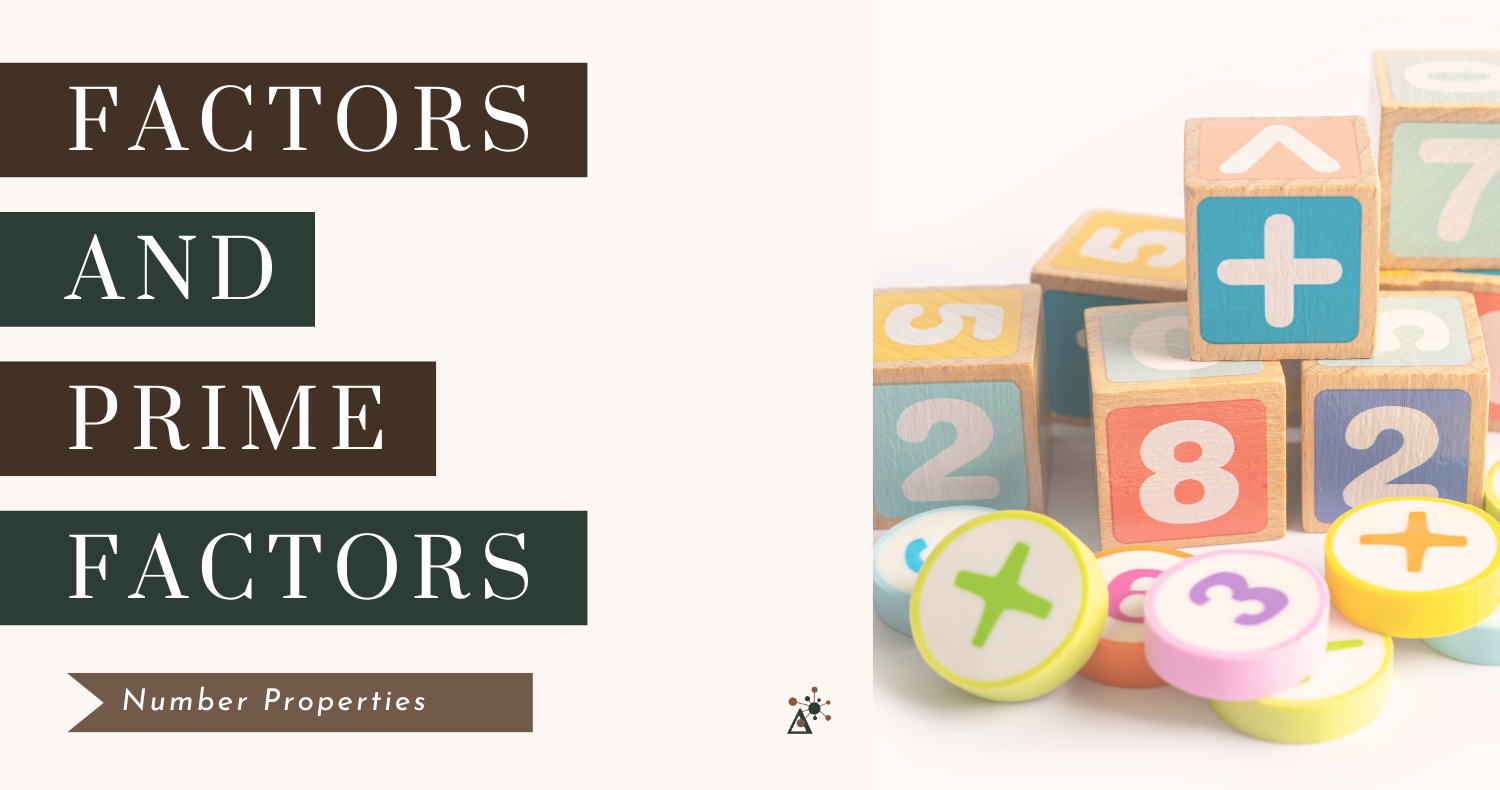
Graphing Quadratic Functions - Standard Form
Learn how to graph quadratic functions in standard form. Discover step-by-step methods to find the vertex, y-intercept, and plot additional points using symmetry. Perfect for mastering parabolas and enhancing graphing skills!

Graphing Quadratics (Vertex Form)
Explore how to graph quadratics in vertex form. This article provides a detailed guide to understanding and graphing quadratic functions. It begins by introducing the basic structure of quadratic functions and the importance of the parent function f(x) = x^2, highlighting the key characteristics like the U-shaped parabola, symmetry, and the vertex. The post then focuses on how to graph quadratics using vertex form f(x) = a(x-h)^2 + k, explaining how the parameters a, h, and k affect the graph. It discusses vertical stretches, compressions, reflections, and both horizontal and vertical shifts. The post concludes with step-by-step instructions on how to graph a quadratic function and provides practice problems for reinforcing the concepts.

Solving a Function for a Variable
In our latest blog post, students will explore the essence of solving functions by learning how to find a variable when given an output. Through algebraic, graphical, and tabular methods, students will uncover diverse strategies to tackle function-solving challenges. This comprehensive guide aims to enhance problem-solving skills, clarify concepts, and empower students with versatile techniques for unraveling the complexities of functions. Join us on this educational journey to master the art of function-solving and confidently approach mathematical tasks with precision and confidence.

Evaluating Functions - When Input Is an Expression
Ready to explore more advanced evaluations? Dive into the second part of our series on function evaluations. Here, the focus is on evaluating expressions as function inputs. Discover techniques for simplifying expressions and substituting them as inputs, and gain step-by-step instructions for evaluating functions algebraically. With this comprehensive guide, you'll gain the skills to confidently evaluate functions with any input expression.

Introduction to Evaluating Functions
Discover how to evaluate functions when the input is a rational number through this informative blog post. Not only will you learn the fundamentals of rational numbers and their impact on function outputs, but you'll also find step-by-step instructions and practical examples on how to evaluate functions algebraically, graphically, and using a table. Enhance your mathematical prowess, tackle intricate functions, and approach rational number evaluations with ease!

Finding The Domain and Range of Continuous Functions
In this informative blog post, you'll learn the essential skills of determining the domain and range of continuous functions using interval and inequality notation. Gain a clear understanding of how to decipher the input and output of functions within their defined intervals, empowering you to confidently analyze and express the domain and range of continuous functions.

6 Websites & Apps to Help Solve Math Problems
Math can be a frustrating topic for some students. Being able to correctly solve any problem takes understanding of the topic and repetition. In this post, you will find 6 tools to ease the frustration and help guide students from problem to answer.

Multiples and Least Common Multiples
Multiples are numbers we get when we multiply a given number by another whole number. They follow a pattern and can help us understand numbers better. The least common multiple (LCM) is the smallest shared multiple between two or more numbers. Finding the LCM is useful for adding fractions or comparing numbers. Understanding multiples and the LCM opens up a world of possibilities in math, so let's dive in and explore their wonders together!

Factors and Prime Factors
Dive into the captivating realm of factors and prime factors in our latest blog post. Learn how factors relate to even division and uncover their secrets with factor tables. Discover the power of prime factors, the building blocks of numbers, and unlock their potential in problem-solving. Join us on this math adventure as we unravel the mysteries of factors and prime factors!

